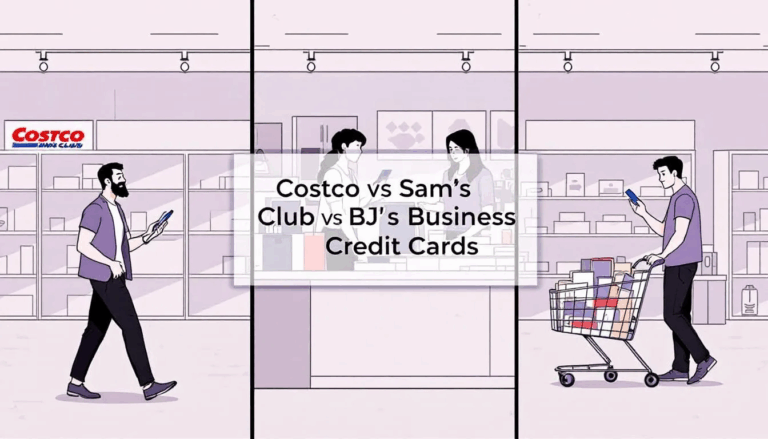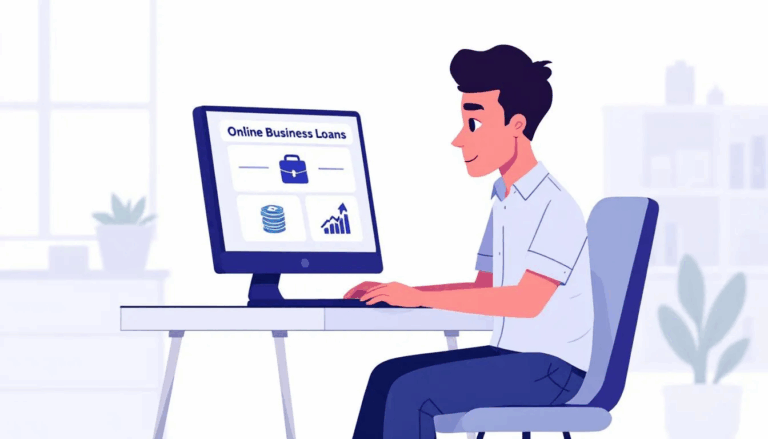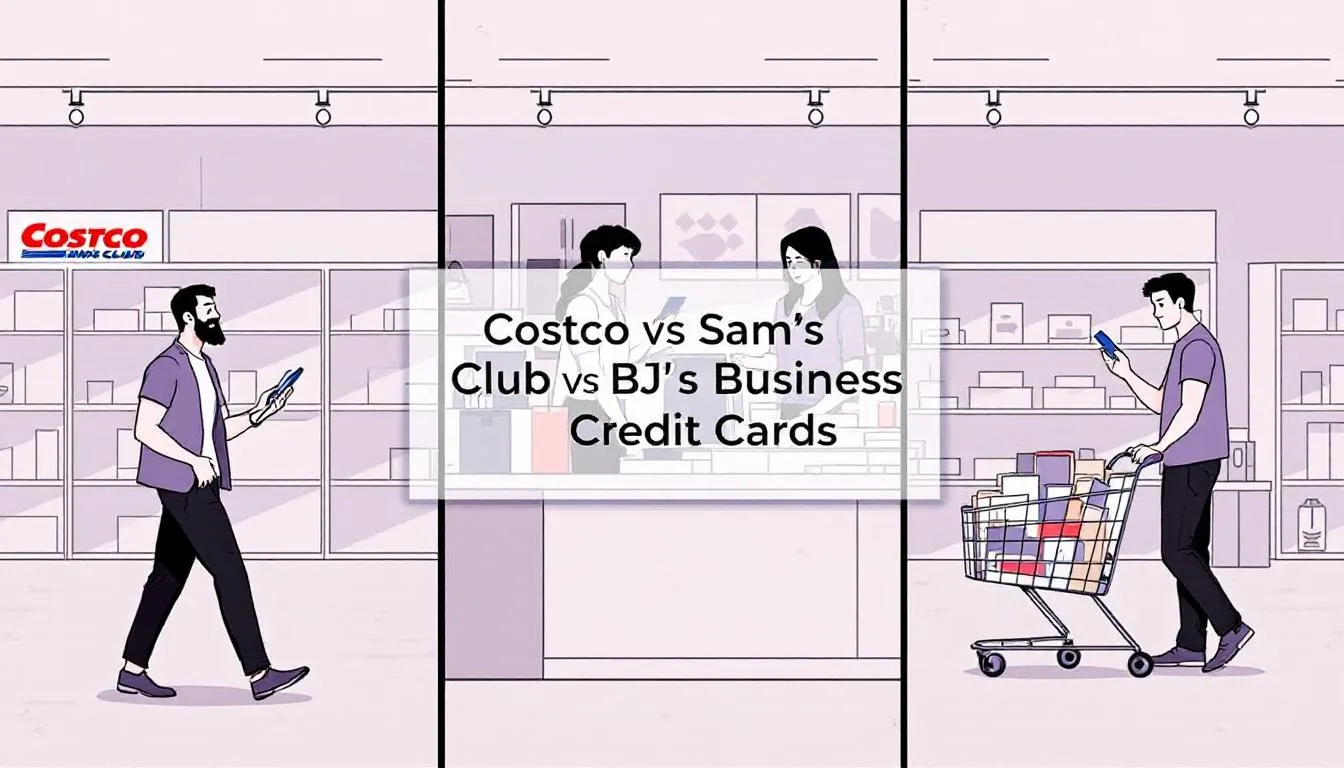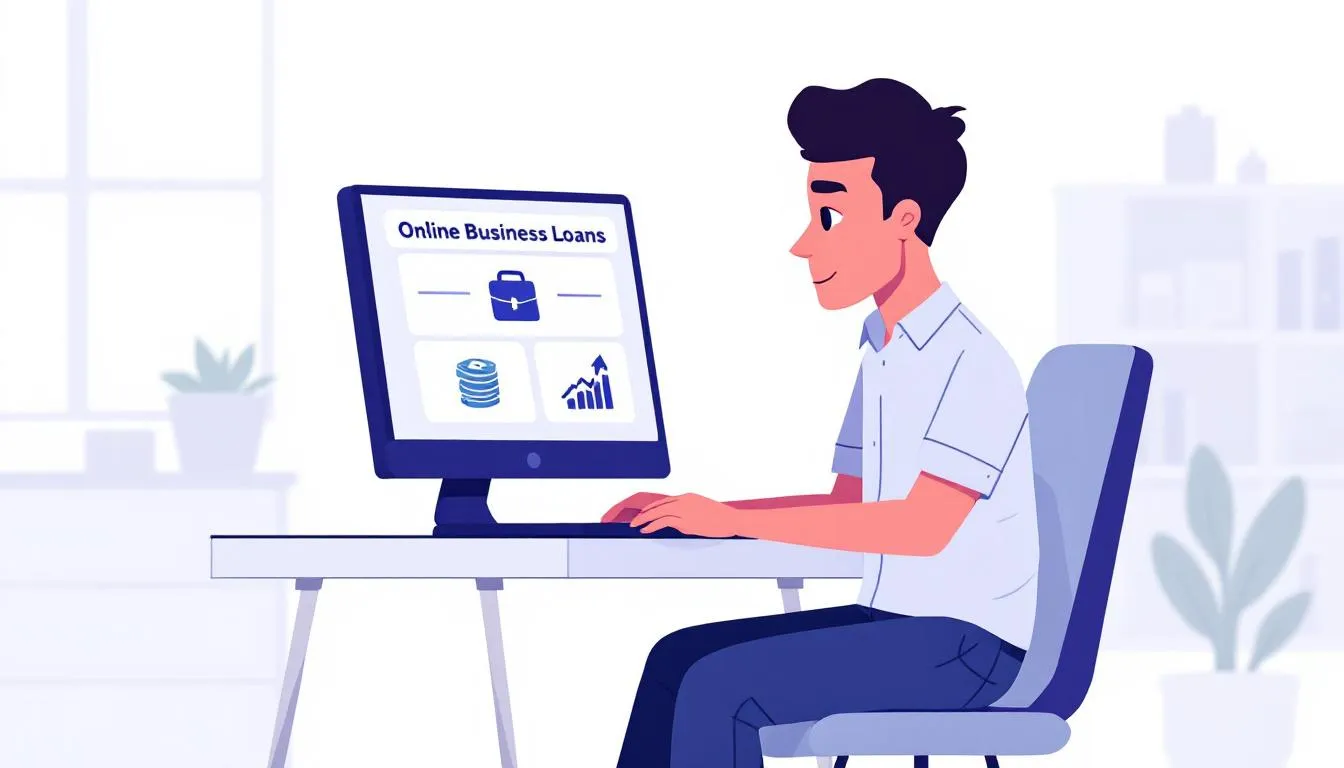Can I Erase Bad Credit Overnight?
Unfortunately, there is no overnight cure for bad credit. Improving poor credit requires at least several months of positive credit activity and overcoming negative information. The process could take a few years if a foreclosure or bankruptcy damaged your credit.
It takes at least one month to remove an inaccurate negative entry from your credit report. You must file a dispute with the credit bureaus or creditor, and those investigations take 30 days to complete. Sometimes, you may need to submit additional documentation, which can prolong the investigation.
One of the fastest ways to raise your credit score is by paying off high balances for revolving credit accounts, such as credit card debt. However, that only helps if high credit utilization is the primary cause of your low credit score.
Even if that is the reason, paying off revolving credit debt isn’t recorded in your report until those creditors submit the information, typically monthly. However, paying off high credit balances can significantly improve your credit score if you don’t have other negative information, such as delinquent payments.
Another fast way to potentially increase your credit score is with Experian Boost®. The one-of-a-kind service scans your bank account(s) for eligible payments to add to your payment history. Examples include rent payments, utility bills, and even some streaming service subscriptions. Per Experian, people adding eligible payments using Boost add an average of 13 points to their FICO® score.
Effectively managing your personal finances is crucial in this process. By budgeting wisely, reducing unnecessary expenses, and making timely payments, you can steadily improve your credit score. Personal finance management helps you stay on top of your financial obligations, which is essential for long-term credit health.
What Credit Report Items Cause Bad Credit?
Your credit report is comprised of several factors. Negative reports in any of those categories could lower your payment, but each is weighed differently. Negative items can hinder access to loans with favorable terms and may affect job prospects. Your credit report can affect your ability to rent an apartment or get a job.
Most negative items remain on your credit file for up to seven years. Past financial mistakes, such as outstanding debts or unpaid balances, can negatively impact credit and hinder financial progress.
The five key factors of credit scores are:
- Payment history: 35%.
- Amounts owed: 30%.
- Length of credit history: 15%.
- Credit mix: 10%.
- New credit: 10%.
Payment History
Payment history is the most significant factor, so negative information related to payments has the most significant impact on your score. Late payments are reported once they are 30 days past due. After that, if it remains unpaid for each 30-day cycle, it further reduces your credit score. In other words, a 90-day late payment lowers your score more than a payment that’s 60 or 30 days late. Accounts with outstanding payments are considered delinquent.
Most accounts are placed in default status once they are more than 120 days delinquent. During this time, you might be able to get the account back into good standing by making catch-up payments, but the default report will lower your credit.
What happens once the account is in default depends on whether the financing is secured or unsecured. If unsecured, which includes most credit cards and several types of installment loans, the account is likely to be charged off and sold to a debt collection agency or debt collector. Collection accounts lower your credit significantly.
For secured loans, the lender will take possession of your collateral to cover any losses. For mortgage loans, that means foreclosure. For car loans, the lender will repossess the vehicle.
Sometimes, the collateral may not cover the losses, or the lender may not send the account to collections. In these cases, the lender or collection agency might file a lawsuit. Judgments, foreclosures, and repossessions all significantly lower your credit score.
Amounts Owed
The debt you’re currently carrying is the second most significant factor for your credit score. The credit bureaus use the credit utilization ratio to measure the amount of credit being used.
It calculates the current credit balances of your revolving accounts as a percentage of your total available credit limit. For example, if you had balances equaling $2,000 on credit limits totaling $10,000, your credit utilization is 20%.
Keeping credit utilization below 30% is recommended, although experts suggest maintaining a utilization rate of under 10% is ideal. Very high credit utilization can significantly drag down credit scores.
Length of Credit History
Your credit history length refers to the duration for which your credit accounts have been active and open. Older credit accounts are seen as more reliable and creditworthy.
The credit bureaus take the average age of all your accounts when weighing this factor. Opening too many new accounts or closing older ones could hurt your credit by lowering the average of accounts.
Credit Mix
It’s good to have multiple forms of credit, including various revolving accounts and installment loans. Having only one type of credit can hurt your credit score. Paying off an installment loan could decrease your credit mix.
New Credit
The lender or creditor pulls your credit file whenever you apply for a new credit card or loan. This is referred to as a hard credit check, pull, or inquiry. While they’re not indicative of credit risk, each new hard credit inquiry can lower your FICO score by as much as 5 points. Hard credit checks stay on the credit report for two years, but generally only affect credit scores for the first year.
How do I get my Credit Reports?
Under the Fair Credit Reporting Act (FCRA), every individual is entitled to an annual free credit report from the three major credit bureaus: Experian, Equifax, and TransUnion. You can access your free credit reports at www.AnnualCreditReport.com.
You can also create an account at one or all three credit reporting agencies. Each credit bureau provides a free account to access your FICO score and general report information. You can upgrade your subscription to a paid account for enhanced features.
Many financial institutions, such as banks and credit card issuers, provide access to credit scores as part of their account services. Others might offer credit monitoring or other services for a fee.
What errors should I look for in a Credit Report?
Credit reporting agencies are required by law to report accurate and truthful information. However, mistakes can happen. Sometimes, a creditor doesn’t update your report accurately. Alternatively, someone’s account may be added to your report due to a similar name or social security number. Maintaining an accurate credit report is essential to ensure your financial integrity and avoid potential issues.
You can receive a free copy of your credit report from each major credit bureau once every 12 months. Whatever the reason, here are common credit report errors to look for in your credit reports.
Mistaken Identity
Mistakes about your identity could include incorrect information such as the wrong name, address, or phone number. It’s also possible that an account for someone with a similar name got added to your report. Another reason is that someone may have stolen your identity and opened new accounts.
Account Status Errors
It’s also possible that your credit report has an incorrect account status. It might list a closed account as still open or have a wrongful, delinquent, or late payment report.
Other potential mistakes include the incorrect date for the account opening or listing the same debt twice. It might also list you as the account owner when you were only an authorized user.
Data Management
Data management errors include accounts being listed multiple times by several creditors. Another possibility is that inaccurate information remains on your report after it has been disputed and corrected.
Balance Info Errors
Sometimes, a credit report may list an incorrect balance or credit limit. This could be due to a prior balance or an issue with not recording credit limit updates. These errors could result in an incorrect credit utilization ratio, which can lower your credit score.
How do I Dispute Errors in my Credit Report?
You can submit a dispute to the credit bureau or creditor. The credit reporting company must investigate your dispute and report the results back to you.
Here are the steps to follow for each method to dispute results.
Filing a Dispute with Credit Bureaus
Each credit reporting agency provides an online dispute option. Their respective websites have a section that walks you through filing the dispute online.
You can also file the dispute by sending a letter. Both the Federal Trade Commission (FTC) and the Consumer Financial Protection Bureau (CFPB) provide letter templates you can use.
Regardless of how you file the dispute, you’ll likely need to include documentation to prove your claim. Include copies, not originals. Ensure documentation includes your complete name.
Examples include:
- Credit card or bank statements.
- Utility bills.
- Copies of checks.
- Pay stubs & W-2 forms.
- Other income-related IRS forms, if applicable.
- Letters from creditors verifying the mistake and providing corrected information.
- Proof of identity.
- Police report on cases of identity theft.
Filing a Dispute with the Creditor
Another option is to dispute inaccurate information directly with the creditor who reported it. Lenders are required to review disputes and remove any information that is proven to be incorrect.
The creditor’s address where you should send the dispute is usually listed under the negative item in your credit report. There might also be a phone number, fax number, email address, or online option to file the dispute. But it varies from lender to lender.
Your dispute should explain why the information is in error. You will likely need to include documentation similar to the one above. In addition, you should include a copy of the credit report with the error(s). The creditor will notify the credit bureaus to update your file if it confirms the item is in error or can’t prove the debt belongs to you.
After Filing the Dispute
Disputes are generally resolved within 30 days, but may take up to 45 days in some cases. They’re required to notify you within five days of their decision.
They will update your file if the investigation finds that the information is inaccurate. You should get a free copy of your credit report with the updated file.
You still have options if the credit bureau’s investigation determines it was not a mistake. You can file an additional claim or contact the creditor directly.
Review your initial claim for any mistakes, errors, or omissions. You may need to include additional documentation to prove your case.
Can I Remove Accurate Negative Info from my Credit Report?
No, you cannot remove accurate information from your credit report. The bureaus are required to include all accurate information.
While it’s unlikely, you can ask the creditor to remove the negative item from your report. There are two main ways to dispute accurate information.
Goodwill Deletion
A goodwill letter is a request to remove a negative item as a gesture of goodwill. You can write a letter to the collection agency requesting a goodwill deletion after paying the collection. Credit agencies are not required to remove negative items based on goodwill deletion requests, as it is a favor. Ensure you include the account number on any requests.
Writing a goodwill letter with a deletion request could be an option if you are otherwise in good standing with the creditor. The letter for a goodwill deletion should explain the reason for the late or missed payment. In other words, this option may be viable if you have only one late payment in an otherwise positive payment history. Creditors won’t consider the request for debtors with a history of late payments and collections. Consider sending the request to the company reporting the negative item by certified mail. This allows you to receive a return receipt.
However, the strategy does get results for some people with only a single missed payment. When crafting the letter, take responsibility for the issues leading to the late payment, explain why it wasn’t paid, and highlight good payment history from before the incident. Be prepared for the possibility it won’t be removed from your credit report.
Pay-for-Delete
You can also try negotiating a pay-for-delete arrangement with the collection agency or creditor, but it’s a long shot. Pay-for-delete involves negotiating with creditors to remove negative items in exchange for a payment. With pay for deletion, you agree to pay off your outstanding balance in exchange for deleting the negative collection account from your credit profile.
The negotiation process for a pay-for-delete agreement begins with the consumer contacting the collection agency by phone or in writing. Credit repair companies may offer to negotiate pay-for-delete agreements on behalf of clients. If a collection agency accepts a pay-for-delete offer, it typically expects payment within a short timeframe. After making the agreed-upon payment, the collection agency should contact the credit bureaus to have the account removed from their records. When dealing with collection agencies, pay-for-delete is a legal practice under the FCRA.
However, collection agencies have little incentive to agree to pay for delete negotiations, and it falls in a legal grey area. Not all creditors agree to pay for deletion arrangements. The law requires collection agencies to report true and accurate information. A collection agency that agrees to a pay-for-delete can only remove the collection account it reported.
Not all creditors will honor pay-for-delete requests, as it is based on their internal policies. The use of pay-for-delete is more likely with collection accounts rather than original creditor accounts. Some agencies may report the account as paid in full instead of settled, or provide other information, as part of a pay-for-deletion strategy. But there’s no guarantee it will raise your credit score, as the more recent credit scoring models weigh paid collections accounts the same. Any negative information reported by the original creditor will likely remain on the consumer’s credit report after a pay-for-delete.
How do I identify & remove Identity Theft on my Credit Report?
Look for any accounts you don’t recognize when reviewing your credit report. Pay attention to account balances and credit limits to ensure they are accurate.
Common warning signs of identity theft include:
- Bills that don’t arrive or arrive late.
- Unexpected credit card statements.
- Credit denials when you didn’t apply.
- Calls, letters, or emails for purchases you didn’t make.
- Incorrect account information.
- Charges on financial statements you don’t recognize.
Disputing Identity Theft
If you think you were the victim of identity theft, the first step is to file a dispute with the Federal Trade Commission (FTC). You can file it at www.IdentityTheft.gov or by calling 1-877-438-4338.
You should also file a police report. Next, you may want to contact your creditor or creditors to alert them of the issue. Freeze any accounts you believe are fraudulent or compromised.
Follow these steps after reporting the incident to the authorities:
- Get a copy of your credit report and look for any other unauthorized accounts or transactions.
- Dispute the fraudulent information with the credit bureaus online, over the phone, or by email.
- Consider subscribing to an identity theft protection service or a consumer credit monitoring service.
Frequently Asked Questions
Here are the most common questions about removing negative items from credit reports.
Should I hire a Credit Repair Service?
Some debtors employ the services of a credit repair company or credit counseling agency if they find the process of correcting their credit report too daunting. Credit repair services can help you identify and remove inaccurate information from your report. Several can help you develop a plan and budget to pay off high debt and repair your credit.
Legit credit repair companies offer services to help improve your credit score. Credit repair professionals are familiar with the intricacies of the Fair Credit Reporting Act and other regulations governing credit reporting.
However, there are many credit repair scams, so it is essential to be cautious when selecting a service. It’s also important to know that credit repair companies charge fees that can vary based on their services. Many credit repair companies offer tiered pricing plans. You must also ensure that the service cost makes sense for your budget.
When researching credit repair companies or credit counseling services, look for:
- Any complaints with your state’s attorney general.
- Complaints or negative reviews at local consumer protection agencies.
- Negative customer feedback at the Better Business Bureau (BBB) or the United States Trustee program.
- Positive online reviews from customers.
How long do Negative Items Stay on the Credit Report?
All negative information eventually falls off the credit report. The FCRA sets the standards for how long negative information can be reported. Most negative information can be reported for a maximum of seven years under the Fair Credit Reporting Act.
The exact amount of time it remains on the report depends on the nature of the negative item.
- Hard credit inquiries: 2 years.
- Late payments & delinquency: 7 years.
- Defaults, charge-offs, and collections: 7 years.
- Repossession & foreclosure: 7 years.
- Chapter 13 bankruptcy: 7 years.
- Chapter 7 bankruptcy: 10 years.
How can I improve Bad Credit?
Here are the top strategies to raise a low credit score.
Effective personal finance management can significantly help improve a bad credit score.
Never Miss a Payment
The most important thing is to make all your payments on time and in full. Consider setting up automatic payments from your bank account or creating a due date schedule to ensure timely payments. On-time payments are the most sustainable way to raise your credit score.
Pay Down Debt
Maintaining a credit utilization rate below 30% is crucial. Achieving a rate below 10% is ideal. Try to pay down any outstanding debt. If you have a significant amount of debt and struggle to make monthly payments, consider a debt consolidation loan or a balance transfer card.
Don’t Close Old Accounts
Closing an old account removes it from your credit history, which may negatively impact your credit score. Additionally, closing a credit line reduces your overall available credit. That can increase your credit utilization.
Only Apply for Credit When Necessary
Since applying for new credit causes a hard credit inquiry, avoid doing so unless absolutely necessary.
Open a Secured Credit Card
Secured credit cards are more accessible to borrowers with low credit scores. You must make a cash security deposit into a savings account or certificate of deposit (CD) as collateral to activate the credit line. Using and quickly paying off the card can help repair damaged credit.
Consider a Credit-Builder Loan
Credit-builder loans are typically for small amounts, usually $1,000 to $2,000. Instead of disbursing the loan funds immediately, the lender sets them aside in a savings account or certificate of deposit (CD). You make regular payments plus interest, which builds a positive payment history. Once it’s paid off, the lender releases the funds to you. This is also a good option if you have no credit history.
What should I not do when Repairing Bad Credit?
In addition to the strategies listed above, there are some options to avoid when trying to repair damaged credit.
Don’t Close Old Accounts with Missed Payments
If you have an account showing late or missed payments, do not close it. There are four reasons why this may not help your credit and could even harm it.
- The record doesn’t disappear from your credit history just because you closed the account. It still gets reported and will lower your score.
- Once it’s closed, you won’t be able to make any catch-up payments to get it into good standing.
- Closing the account will lower your average account age, which can negatively impact your credit score.
- Closing the account removes the credit limit from your total available credit. That can increase your credit utilization ratio, which can lower your credit score.
Don’t File for Bankruptcy
Bankruptcy is a last resort option and should only be considered if all other options have been exhausted. Chapter 7 bankruptcy lasts on your credit report for ten years.
While filing for bankruptcy can discharge some of your debt, it has a massive negative effect on your credit score. Even after raising your credit score, lenders look at bankruptcy in your credit report much more harshly than a missed or late payment. Even if you get your credit score into the acceptable range, some lenders will deny the request if there’s a bankruptcy in your credit history.
Do Negative Items on my Credit Report Impact Business Loans?
Negative items, such as late payments or collections, can significantly impact your credit score. Negative marks in your credit report could limit your small business loan options. As a small business owner, you might not think that your personal credit score matters when it comes to business financing. However, many commercial lenders consider your personal credit score, especially if you haven’t yet established business credit.
There are business loans for bad credit that offer urgent funding for those with a low credit score. You’ll sometimes see these listed as “bad credit business loans” or “business loans with bad credit.”
However, getting a business loan with bad credit is more challenging. You will likely need to apply to an alternative online lender or marketplace, such as UCS. Traditional lenders, such as banks and credit unions, typically won’t issue a business loan to those with bad credit.
In addition to having fewer loan options, small business loans for individuals with bad credit typically have lower credit limits, higher interest rates, additional fees, shorter terms, and more frequent payments. One way to think of a business loan for bad credit is as a form of bridge financing.
Bad credit business loans can provide short-term financing to help support operations. Your credit could improve as you repay the loan and grow the business. Once you have a better credit score, a longer time in business, and higher revenue, you can qualify for a longer-term, lower-cost loan. Sometimes, you can use the long-term loan funds to pay off the bad credit business loan.
Bad Credit Business Loan Pros & Cons
Pros:
- Accessible financing for borrowers with a low credit score.
- Could potentially help build or repair credit with timely payments.
- Might be able to use the funds to pay off existing debt.
- Quick and easy online applications.
- Usually fast approval and funding times.
Cons:
- Higher interest rates & fees than conventional loans.
- Lower borrowing amounts than traditional business loans.
- Typically short-term financing with frequent repayments.
- Might require collateral or a personal guarantee.
- Could require automatic payment withdrawals.
- Fewer options for lenders and loan types.
How to Remove Negative Items from Credit Report – Final Thoughts
The first step in repairing damaged credit is to obtain your credit report and identify the factors affecting your score. Review your report for any inaccurate information that can be removed or updated to improve your score. Pay particular attention to any accounts or balances that might indicate identity theft.
Removing accurately reported items is not possible. You can try writing to your creditor to request a goodwill deletion for a one-time late payment that is an outlier. Another option is to consider using pay-for-deletion with a collection agency. However, there is no guarantee for either strategy, as it is at the creditor’s discretion.
The most effective way to improve your credit is to make on-time payments. You also want to keep credit utilization low and avoid closing old accounts. There’s no way to raise credit overnight, as the process takes months or years of good credit behavior. However, paying off high account balances can immediately boost your score.
Contact us if you have more questions about removing negative items from your credit report or applying for a small business loan. Our loan experts can help you find the best business loan for your credit score range.












